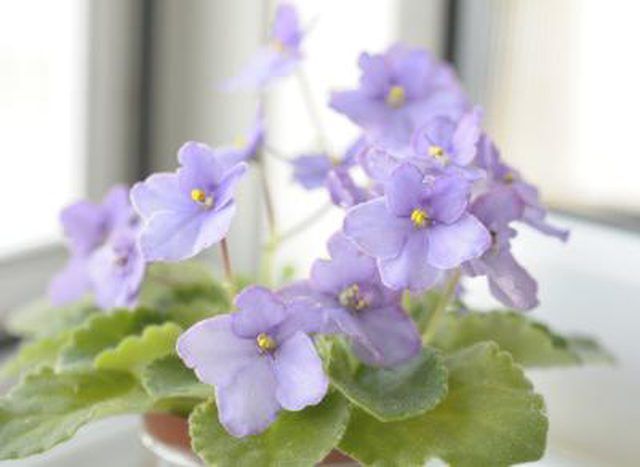Bulbs
Flower Basics
Flower Beds & Specialty Gardens
Flower Garden
Garden Furniture
Garden Gnomes
Garden Seeds
Garden Sheds
Garden Statues
Garden Tools & Supplies
Gardening Basics
Green & Organic
Groundcovers & Vines
Growing Annuals
Growing Basil
Growing Beans
Growing Berries
Growing Blueberries
Growing Cactus
Growing Corn
Growing Cotton
Growing Edibles
Growing Flowers
Growing Garlic
Growing Grapes
Growing Grass
Growing Herbs
Growing Jasmine
Growing Mint
Growing Mushrooms
Orchids
Growing Peanuts
Growing Perennials
Growing Plants
Growing Rosemary
Growing Roses
Growing Strawberries
Growing Sunflowers
Growing Thyme
Growing Tomatoes
Growing Tulips
Growing Vegetables
Herb Basics
Herb Garden
Indoor Growing
Landscaping Basics
Landscaping Patios
Landscaping Plants
Landscaping Shrubs
Landscaping Trees
Landscaping Walks & Pathways
Lawn Basics
Lawn Maintenance
Lawn Mowers
Lawn Ornaments
Lawn Planting
Lawn Tools
Outdoor Growing
Overall Landscape Planning
Pests, Weeds & Problems
Plant Basics
Rock Garden
Rose Garden
Shrubs
Soil
Specialty Gardens
Trees
Vegetable Garden
Yard Maintenance
Violet Flower Facts
Violet Flower Facts. The simple beauty of violets (Viola spp.) enchants flower lovers and florists worldwide. The genus boasts 400 diverse species, with approximately 60 native to the United States. Many non-native species, now naturalized, were introduced by immigrants unwilling to part with the beloved blooms and heart-shaped leaves of their...

The simple beauty of violets (Viola spp.) enchants flower lovers and florists worldwide. The genus boasts 400 diverse species, with approximately 60 native to the United States. Many non-native species, now naturalized, were introduced by immigrants unwilling to part with the beloved blooms and heart-shaped leaves of their homeland natives. The phrase "shrinking violet" belies the tenacious character of these adaptable, easy-care flowers and their many cultivars.
Variety in Violets
From woodland species to Hawaiian natives, hardy violets range from U.S. Department of Agriculture plant hardiness zones 2 through 11. Diminutive blooms span colors from deep purple and pale lavender to white, yellow and multicolors splashed with stripes, speckles or spots. All violets fall into one of two groups: stemmed or stemless. Stemmed, or caulescent, violets form stalked flowers atop stems, while stemless, acaulescent violets flower on stalks grown directly from the ground. Sweet violet (Viola odorata), hardy from USDA zones 5 through 8, remains the florist's violet despite its 6-inch stemless stalks. The fragrant, blue-purple flowers enhance perfumes and make excellent, albeit short, cut flowers.
Violet Care and Culture
Natural violet habitats vary as much as violet species. North American violets inhabit woodlands, grasslands, wetlands and deserts. While some violets fuss over growing conditions, most adapt readily to changing circumstances once established. As a group, violets generally prefer cool areas with well-drained, yet moisture-retentive soil and dappled shade reminiscent of woodland settings. Added organic matter, such as leaf mold, and consistent soil moisture help ensure healthy violets free from serious insect pests or disease. Hardy in USDA zones 4 through 9, the native birdís-foot violet (Viola pedata), just 2 to 6 inches tall, flourishes in containers when given porous, fast-draining, nutrient-poor soil.
Pollination Adaptations
Springtime violet blooms keep pollinators buzzing, but violets don't rely on insects alone. All violets have two distinct types of flowers. The showy, colorful little blossoms that first come to mind are known as chasmogamous flowers, meaning they open at maturity to allow pollination. In early spring, the attractive blooms provide an important food source for early pollinators. As tree foliage unfurls and canopies fill, the petaled flowers cease and a second flower type appears. Known as cleistogamous flowers, they go from closed buds to seed capsules, never opening to familiar blossoms. These flowers self-pollinate while completely closed.
Violet Vigor and Control
With dual pollination teamed with above-ground stolons and underground rhizomes, violets spread enthusiastically. Delicate blossoms that charm children become the lawn enthusiast's bane. The closed, bloomless flowers produce prolific seed, catapulting their bounty up to 15 feet to claim new turf. Hardy in USDA zones 3 through 7, the wild violet (Viola sororia, also known as Viola papilionacea) troubles many lawns. Rhizomes resist hand-pulling, and the extensive underground network outruns chemicals. Proper lawn maintenance is the best defense. Make shaded areas less hospitable by diverting extra moisture, planting shade-tolerant grasses or thinning overhead branches to allow hot sun in -- or enjoy heart-shaped greenery populated by tiny blooms.